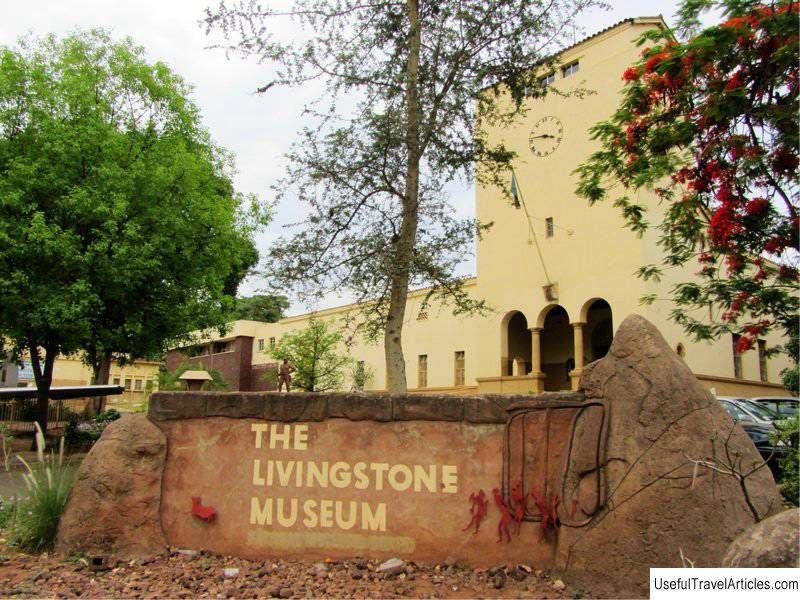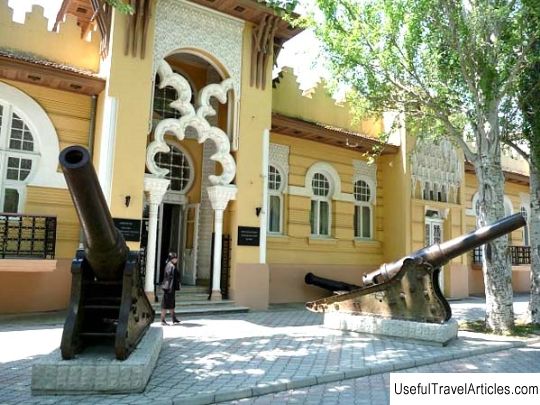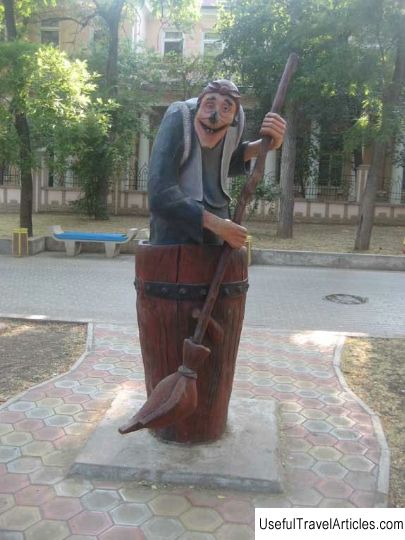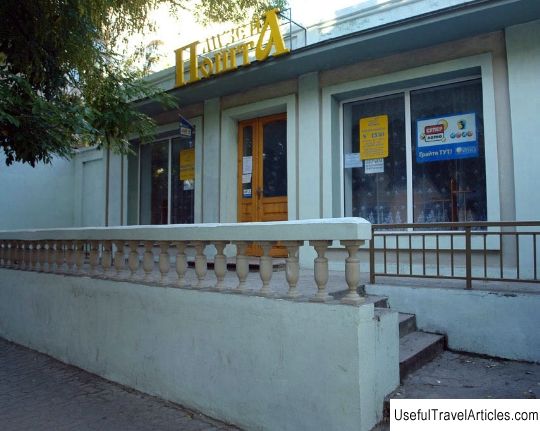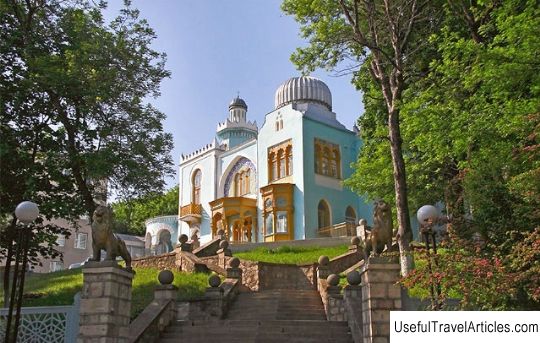Ruins of Kerkinitida (Pyramid) description and photos - Crimea: Evpatoria
Rating: 8,9/10 (5654 votes) 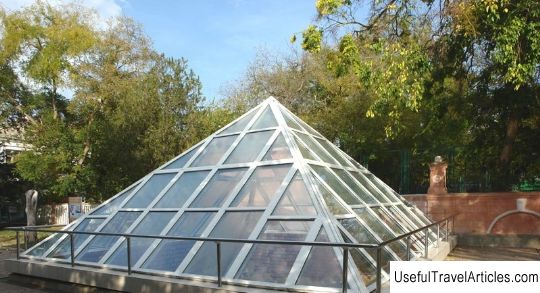
Ruins of Kerkinitida (Pyramid) description and photo - Crimea: Evpatoria. Detailed information about the attraction. Description, photos and a map showing the nearest significant objects. Photo and descriptionThe ruins of Kerkinitida are among the interesting sights of Evpatoria. Only insignificant fragments of the ruins are accessible to human eyes. One accessible fragment is located in front of the fence of a sanatorium belonging to the Ministry of Defense, in a dead-end section of the Gorky embankment. Another is covered with a glass roof and is decorated in the form of a pyramid. Its address is next to the Museum of Local Lore, Duvanovskaya Street, next to the fence of the same sanatorium. These are the foundations of the walls of some rectangular structures, most likely warehouses. Why are they located at the fence of the sanatorium? This is simply explained: it was on the territory of the modern health resort that Kerkinitida was located. Most of the finds came from this site. It is regrettable that the main excavation work has begun, when the sanatorium was already built. Naturally, all work was stopped. When the excavations were completed, the walls were filled up again, so you won't even see anything especially in the sanatorium. The found exhibits were transferred to the Museum of Local Lore, and some are kept by the residents of the city who helped with the excavations. Greek settlers, having come to these places, founded the city. At that time, a lot of ships with colonists came from Greece. They were looking for unknown, new territories suitable for life. It is believed that Kerkinitida is the name of the leader of one of these expeditions. Legend tells that Hercules was one of the first settlers. The city of Kerkinitida was independent, conducted a large trade and created its own banknotes. Later he became dependent on Chersonesos, but even so, the well-being of the inhabitants of the city remained at a high level. The idyll ended when the Scythians came. Mithridates VI, emperor of Pontus, helped Kerkinitida to defeat the Scythians, but the luck was short-lived. Kerkinitida could not rise to the previous level, and the raids of nomadic tribes soon ended the Greek history of these places. In the fifteenth century, another name for the city arose - Gezlev. In the Crimean dialect used by the Tatars, it was pronounced as "Kezlev". This also explains the fact that in the chronicles the city was called a word similar in sound to "Kozlov". The convenient location made the city one of the most important in the Crimean Khanate. Trade ties developed. The city had a large port, serious defensive structures, and sources of clean drinking water. There was a slave market hotels for merchants and travelers. A huge share in the trade was occupied by high quality salt mined here. She gave serious income to the city treasury. Good houses, baths, drinking establishments were built in the city. When the city was annexed to Russia by the decree of Catherine II (1784), it was renamed Yevpatoria (“gracious” - translated from Greek). Now inside the pyramid you can see the remains of the western defensive wall of Kerkinitida, residential premises, a round tower with a slab pavement and an altar. Every year in the summer, various exhibitions of archeological items from the museum's collection are organized inside the pyramid.      We also recommend reading Former Bernardine monastery description and photos - Belarus: Polotsk Topic: Ruins of Kerkinitida (Pyramid) description and photos - Crimea: Evpatoria. |
